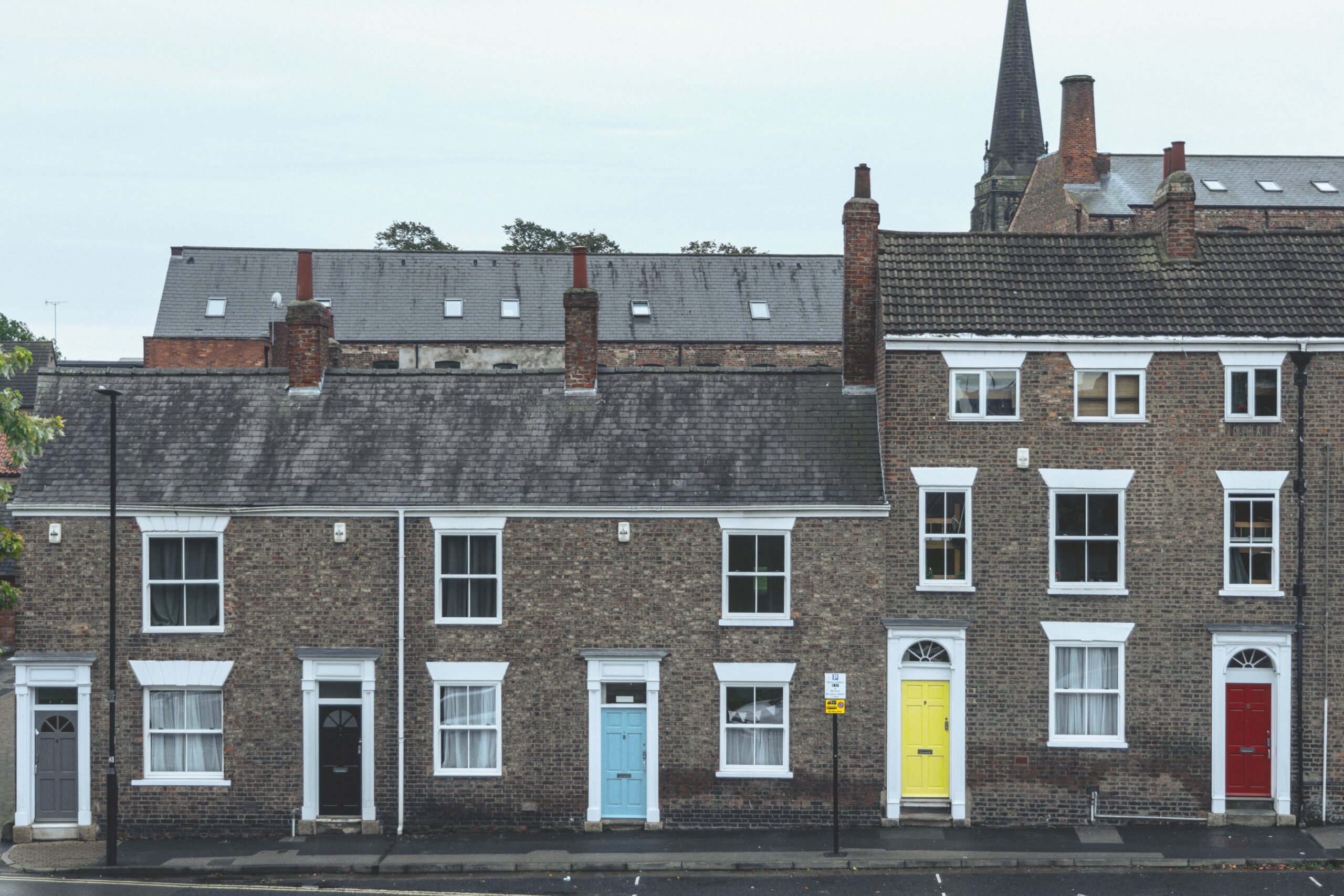Japanese architecture has a unique and captivating aesthetic that has fascinated people around the world for centuries. From traditional designs that reflect a deep appreciation for natural materials and harmony with nature, to modern architectural masterpieces that showcase cutting-edge innovation, Japan’s built environment is full of diversity and richness. In this guide, we will delve into the world of Japanese architecture styles, exploring both the traditional and modern designs that have shaped the country’s architectural landscape.
We will examine the defining characteristics of Japanese architecture and discover how architects have adapted and fused different styles to create a distinctive Japanese aesthetic. This guide will be divided into three sections, each focusing on a specific aspect of Japanese architecture. In the first section, we will provide an overview of Japanese architecture styles, highlighting both the traditional and modern designs that have impacted this field.
Throughout the section, we will use SEO relevant keywords such as Japanese architecture styles, traditional Japanese architecture, and modern Japanese architecture to ensure that readers can easily find and access this guide. Join us on this journey through Japanese architecture as we explore the unique beauty and innovation that define this incredible field.
Contents
Traditional Japanese Architecture Styles
Traditional Japanese architecture is deeply rooted in the country’s culture and history. Natural materials such as wood, bamboo, and paper are used to create buildings that blend harmoniously with their surroundings.
The principles of designing a traditional Japanese structure consist of an emphasis on creating a sense of balance and tranquility. The use of an open floor plan that connects interior and exterior spaces is also a key characteristic.
One of the most iconic examples of traditional Japanese architecture is the Japanese tea house. These structures emphasize simplicity and a connection with nature, with elements such as sliding doors or windows that open up to allow fresh air and light to flow in. Shinto shrines, with their distinctive curved roofs, are another hallmark of traditional Japanese architecture.
Overall, traditional Japanese architecture aims to create an atmosphere of peace and calm where inhabitants can feel at ease and in harmony with their surroundings.
Modern Japanese Architecture Styles
Contemporary architecture in Japan has a reputation for pushing boundaries and experimenting with new materials and technologies. Architects like Sou Fujimoto and Kengo Kuma have gained international recognition for their unique designs that blend functionality with artistry.
One such example is the Tokyo Skytree, designed by Nikken Sekkei and completed in 2012. The tower is the tallest freestanding broadcasting tower in the world, standing at 634 meters. The sleek design, inspired by traditional Japanese aesthetics, features steel trusses that radiate out from the base to create a lattice-like structure.
Another notable work is the Sumida Hokusai Museum, located in Tokyo and designed by Kazuyo Sejima of SANAA. The museum’s curved white facade and interior spaces that flow together seamlessly create a striking contrast with the surrounding buildings.
Aside from skyscrapers and museums, modern Japanese architecture also extends to public spaces and residences. Examples include Tadao Ando’s Church of the Light and Shigeru Ban’s Paper House.
The innovative and boundary-pushing designs of contemporary Japanese architects have had a significant impact on the global design landscape, inspiring and influencing architects around the world to push their own creative limits.
Influences of French, Italian, and German Architecture on Japanese Styles
Japan’s architectural development has been shaped by various external influences, including European architectural styles. The Japanese architecture we see today is a unique fusion of aesthetics, incorporating features from Japanese tradition and foreign sources.
As Japan opened up to the world in the late 19th century, Western ideas and trends began to flow into the country. At the time, many Japanese architects traveled to Europe to learn about French, Italian, and german architecture styles, which influenced their later works.
One of the most significant examples of french architecture styles influence on Japanese style is the former Tokyo Station. The building’s grand design and dome-shaped roof were inspired by the Gare de Lyon station in Paris.
The italian architecture styles can be seen in the elegant designs of some of Japan’s most famous architects, such as Kenzo Tange. Tange’s work on the Hiroshima Peace Memorial Museum, which features a unique shell-shaped roof, is an example of his creative use of Italian influence in Japanese architecture.
The German influence on Japanese architecture is perhaps most evident in the design of the Tokyo International Forum. This building, constructed in the 1990s, features modern architectural elements such as a glass-panelled facade and a sweeping curved roof, all of which are characteristic of German modernism.
Cross-cultural influences have played a significant role in shaping Japanese architecture throughout history. By integrating foreign architectural styles with their own, Japanese architects have created a unique and distinctive style that has made a significant impact on the global design landscape.

